Leveraging the Inflation Reduction Act for the Outdoors
Leveraging the Inflation Reduction Act for the Outdoors
How communities, organizations, and states can access IRA-funded programs to support outdoor programs and facilities
An estimated 100 million Americans do not have a park within a ten-minute walk of their home. Our goal is to cut that nature equity gap in half by ensuring an additional 50 million people can exercise their human right to connect with the outdoors by 2030.
The Inflation Reduction Act (IRA) and Infrastructure Investment and Jobs Act (IIJA) contain over $400 billion in climate provisions and represent the largest effort to address the climate crisis in our nation’s history. A portion of that money will be directed to a variety of current and upcoming federal programs in support of reducing that nature equity gap by encouraging the development of new green spaces, improving the ones that exist and making them all more accessible.
This factsheet contains information on core IRA and IIJA funded programs that align with priorities for Sierra Club’s Outdoors For All campaign. Information on these programs is up-to-date as of August 2023.
Note: Many of these programs require applicants to have active SAM.gov and Grants.gov registrations. Please consider applying as soon as possible, as applications can take months to process. Additionally, many of these programs are still being rolled out. If the agency offers it, consider signing up for updates so you don’t miss out on these critical funding opportunities.
Improving Access to Green Spaces + Transit to Trails
Climate Resilience + Environmental Justice
Improving Access to Green Spaces + Transit to Trails
One way the IRA and IIJA money can be leveraged is through programs that directly target outdoor accessibility and availability issues for communities. That includes projects that create more public outdoor spaces, expand tree cover in urban heat islands, create, or expand transportation options that would allow more people to safely get to existing outdoor spaces.
There are both smaller as well as larger scale grants and programs, offering funding opportunities to states, municipalities, Tribes, and government agencies or organizations as well as to communities, nonprofit organizations, and academic institutions. It is just a matter of finding the one that fits the project goal and the organization applying.
Some of these programs are also part of the Justice40 Initiative, a Biden-Harris initiative which addresses decades of underinvestment in disadvantaged communities by setting a goal that at least 40% of the benefits from many federal grants, programs, and initiatives are directed to disadvantaged communities.
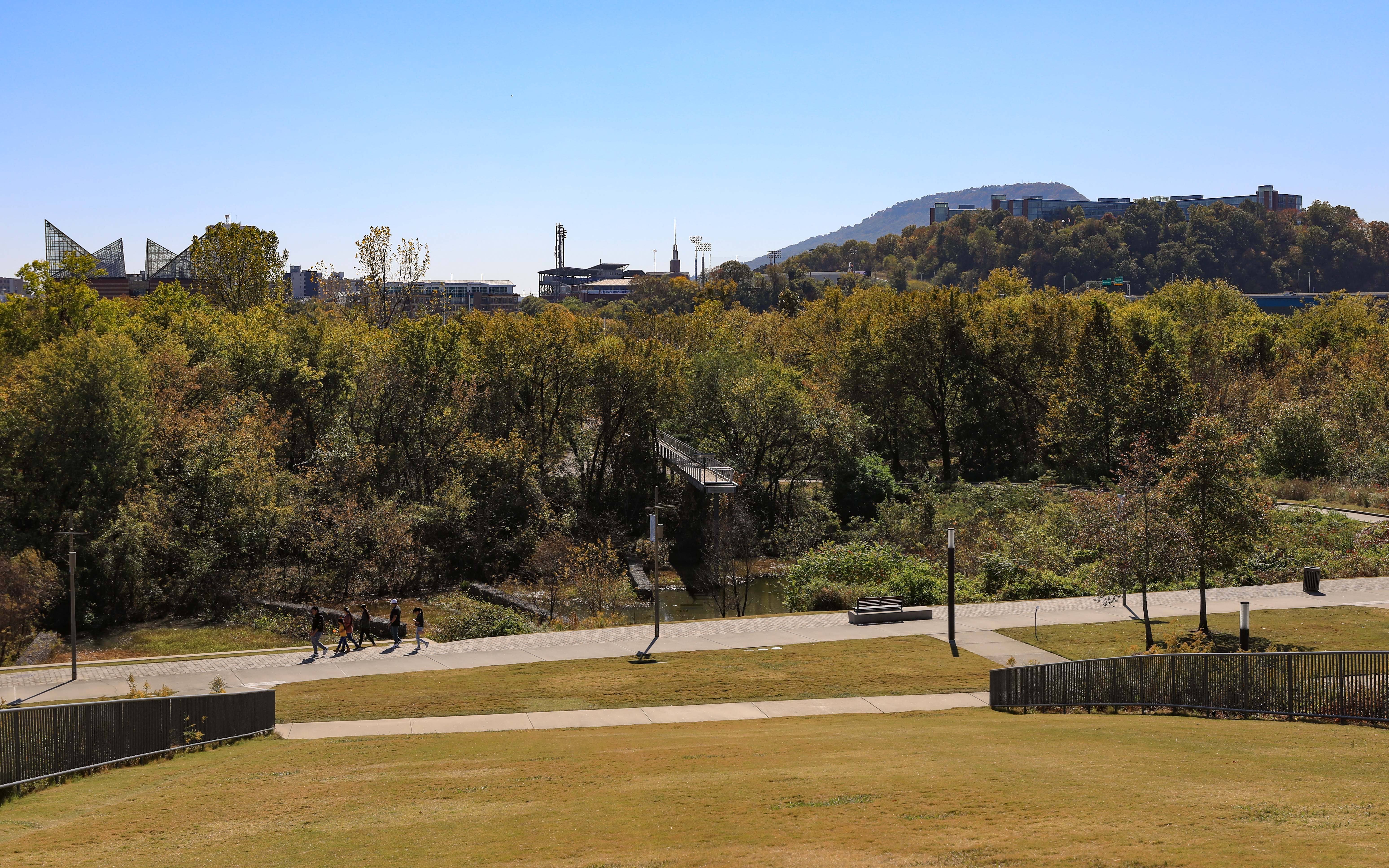
Environmental Justice Thriving Communities Technical Assistance Centers Program
What is it? The EPA in partnership with the U.S. Department of Energy has selected 16 Environmental Justice Thriving Communities Technical Assistance Centers (EJ TCTACs) to receive $177 million to help underserved and overburdened communities across the country. Each center will receive at least $10 million to remove barriers and improve accessibility for communities with environmental justice concerns. These centers are spread across the country to provide coverage for the entire U.S. through a partner network and will help with grant applications, community engagement, and communication channels.
Who is eligible? Public and private universities and colleges, other nonprofit institutions of higher education such as community colleges, public and private nonprofit organizations, and coalitions of two or more Tribal governments.
Mechanism? Technical assistance primarily.
Timeframe? Region 8 is the only region still holding a grant competition for partners, with an October 11 deadline.
Learn more: Environmental Justice Thriving Communities Technical Assistance Centers Program
Urban and Community Forestry Program
What is it? This program from the U.S. Forest Service directs $1.5 billion in IRA money to projects that expand equitable access to tree canopy, which include tree planting and other urban tree-related projects. The program prioritizes economically disadvantaged communities that may already lack tree cover and park access.
Who is eligible? State agencies, local governmental entities, Tribes, and nonprofit organizations are eligible.
Mechanism? The money comes in the form of competitive grants.
Timeframe? Funding is available until September 30, 2032. Applications are solicited in the spring. The current round has closed.
Learn more: Urban and Community Forestry Program
Neighborhood Access and Equity Grant Program
What is it? The Federal Highway Administration has available $3,205,000,000 in grants for projects that improve walkability and safety, make transportation more affordable and accessible, remediate impacts in disadvantaged communities from transportation facilities, and for planning and capacity building activities in disadvantaged or underserved communities such as surveys and community planning meetings.
Who is eligible? States, territories, federally recognized Tribes, and municipalities are eligible. Nonprofit and academic institutions may receive funding in partnership with the eligible recipients for planning and capacity building projects.
Mechanism? The money comes in the form of competitive grants.
Timeframe? Funding is available until September 30, 2026. Applications must be submitted by 11:59 PM eastern time on Thursday, September 28, 2023. and submit applications through Valid Eval on or before the application deadline to be eligible for award.
Learn more and apply: Neighborhood Access and Equity Grant Program
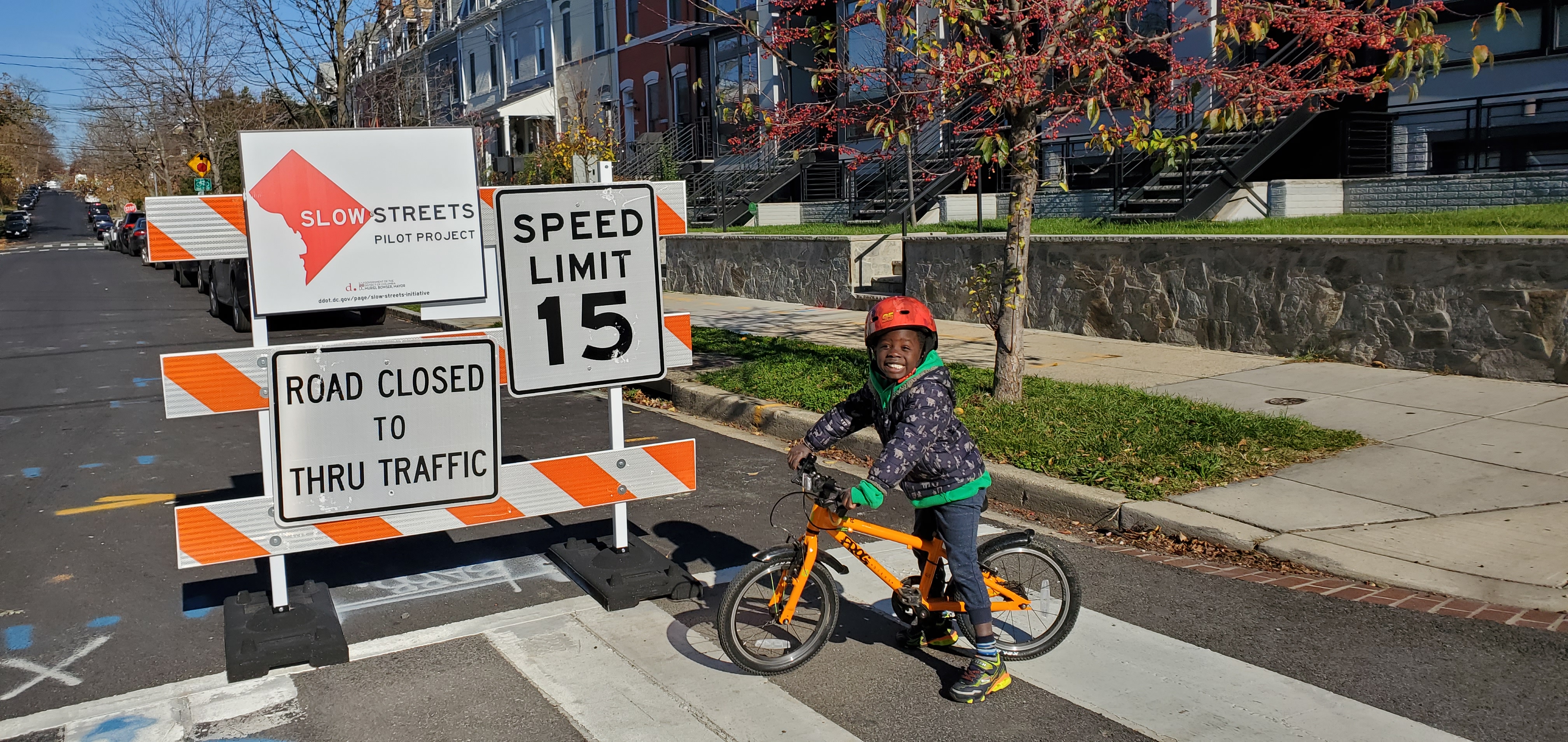
Reconnecting Communities Pilot Program
What is it? This Department of Transportation initiative is a new program aimed at reconnecting communities that are cut off from opportunity and burdened by past transportation infrastructure decisions. The program offers a few different assistance options for eligible communities, including planning grants to help with feasibility studies, designing projects or public engagement, technical assistance in planning and problem-solving, and grants for the construction of the projects such as removal or replacement efforts. In 2023, $198 million is available, with $50 million for planning and technical assistance, and the rest for capital construction. A total of a billion dollars is available from 2022 to 2026.
Who is eligible?
Planning Grants: States, local governments, tribal governments, metropolitan planning organizations, and non-profit organizations are eligible.
Capital Construction Grants: Facility owners, or eligible applicants to Planning Grants with the owner of the eligible transportation facility as a joint applicant and evidence of them endorsing the application, are eligible.
Eligible Facilities: Highways, including a road, street, or parkway, or other transportation facility such as a rail line that is a barrier to community connectivity, including barriers to mobility, access, or economic development, are eligible.
Mechanism? The money comes in the form of competitive grants.
Timeframe? Applications must be submitted by 11:59 PM eastern time on Thursday, September 28, 2023.
Learn more and apply: Reconnecting Communities Pilot Program
Active Transportation Infrastructure Investment Program
What is it? This Department of Transportation program offers $45 million total in grants for network-scale projects to plan, design, improve and construct networks of safe and connected active transportation facilities that connect destinations within a community, metropolitan regions or states. That includes the creation of walking and bicycling networks, and analyses and data collection on existing facilities and networks, among other types of projects.
Who is eligible? Local or regional governmental organizations, planning organizations or councils, multi county special districts, states, multistate groups of governments, and Tribes are eligible.
Mechanism? The money comes in the form of competitive grants.
Timeframe? A notice of funding opportunity for this program has not been announced yet nor is there a detailed timeline on when funding might be available.
Learn more: Active Transportation Infrastructure Investment Program
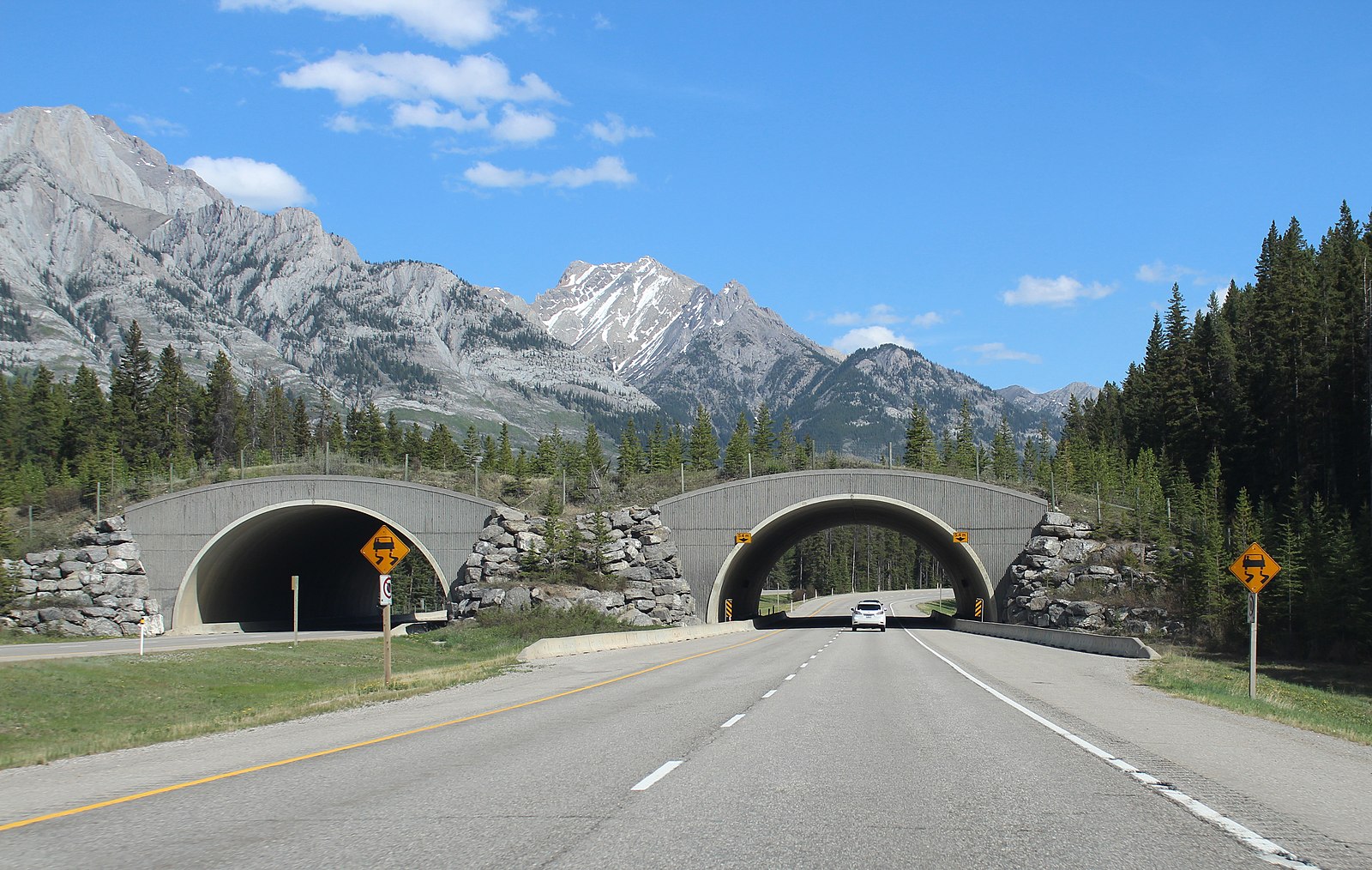
Wildlife Crossings Pilot Program
What is it? This Department of Transportation program provides $350 million total from 2022 through 2026 for the construction of bridges, tunnels, culverts, fencing, and other infrastructure that will allow wildlife safe passage either under or over roads with the goal of reducing wildlife-vehicle collisions and improving habitat connectivity.
Who is eligible? State highway agencies, metropolitan planning organizations, local governments, regional transportation authorities, special purpose districts or public authorities with transportation functions such as port authorities, Tribes, federal land management agencies, and groups of any of the preceding entities are eligible. At least 60% of funds must be awarded to projects in rural areas.
Mechanism? The money comes in the form of competitive grants.
Timeframe? Funding is available through 2026. The 2023 round of applications has closed, but expect future notice of funding opportunities to be announced for 2024, 2025 and 2026.
Learn more: Wildlife Crossings Pilot Program
Climate Resilience + Environmental Justice
IRA and IIJA dollars directed toward these projects can be leveraged to improve outdoor access and equity through more indirect means. Improving the climate resilience of communities and addressing long histories of environmental justice issues will also result in increased public green spaces and access to safe, healthy nature for communities. For example, nature installations that mitigate stormwater and flooding impacts can provide opportunities for locals to engage with the outdoors.
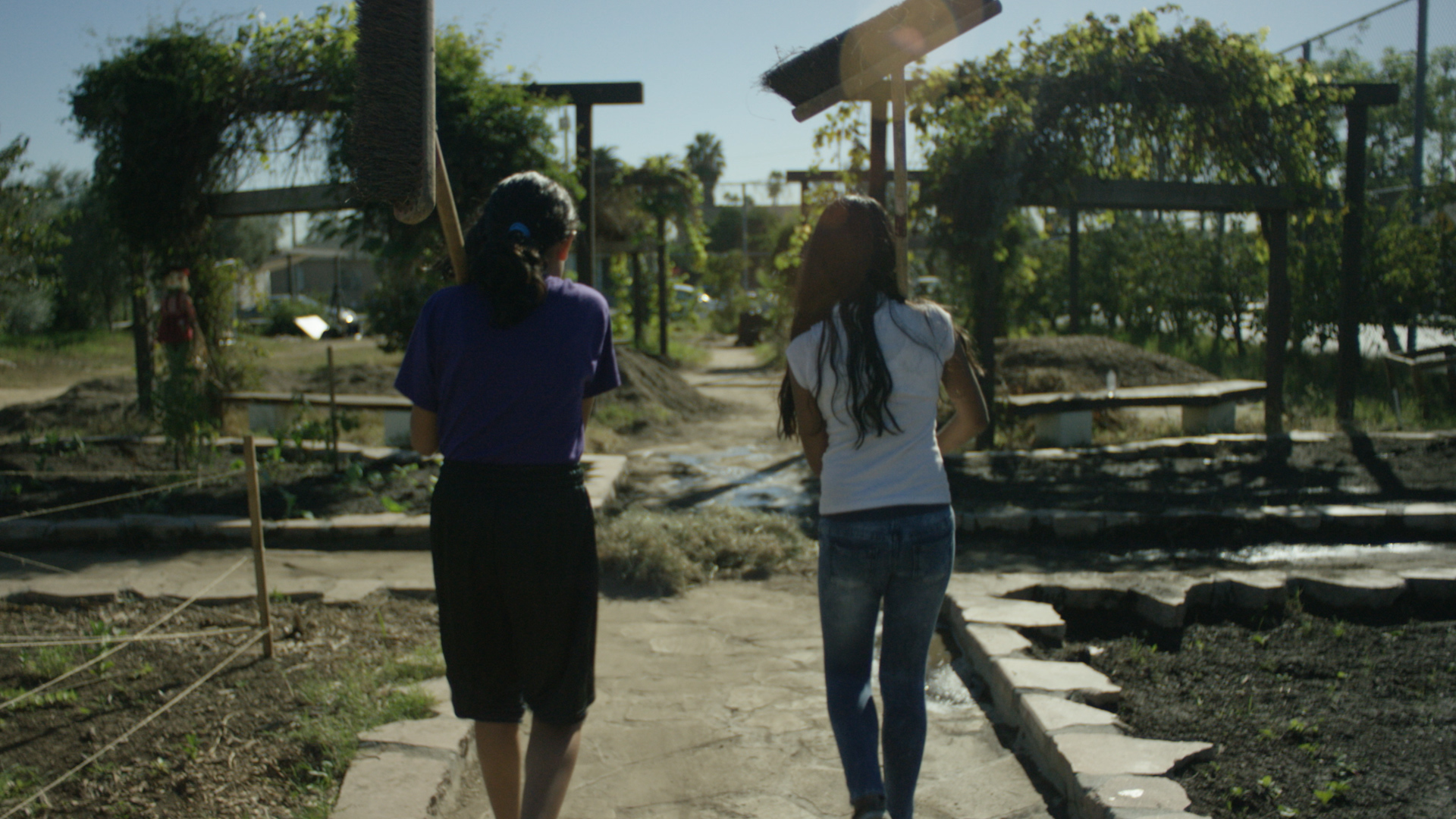
Environmental and Climate Justice Community Change Grants Program
What is it? The Environmental Protection Agency is offering grants in environmental and climate justice activities to benefit disadvantaged communities through projects that reduce pollution, increase community climate resilience, and build community capacity to respond to environmental and climate justice challenges.These place-based investments will be focused on community-driven initiatives to be responsive to community and stakeholder input. There is $2 billion available.
Who is eligible? Community-based nonprofit organizations, partnerships of community-based nonprofit organizations, and partnerships between community-based nonprofit organizations and Tribes, local governments or academic institutions are eligible.
Mechanism? The money comes in the form of primarily competitive grants, with potentially a limited number of noncompetitive grants and contract support.
Timeframe? Notice of Funding Opportunity (NOFO) will be announced in early autumn 2023.
Learn more: Environmental and Climate Justice Community Change Grants Program
Environmental and Climate Justice Block Grants
What is it? The Environmental Protection Agency is offering grants and technical assistance to community-based organizations, alone or in partnerships with various entities, to reduce air pollution, improve resiliency in the community to climate change impacts such as extreme heat and wildfires, and build capacity. There is $3 billion available over multiple rounds of application.
Who is eligible? Community-based nonprofit organizations, partnerships of community-based nonprofit organizations, and partnerships between community-based nonprofit organizations and Tribes, local governments or academic institutions are eligible.
Mechanism? The money comes in the form of primarily competitive grants, with potentially a limited number of noncompetitive grants and contract support.
Timeframe? Funding is available until September 30, 2026. The 2023 notice of funding opportunity is closed.
Learn more: Environmental and Climate Justice Block Grants
Community Wildfire Defense Grant Program for At-Risk Communities
What is it? The Forest Service is providing grants to communities at risk from wildfire to develop or revise a wildfire protection plan and carry out projects within those plans. There is $250,000 available for creating or updating plans and $10 million for projects.
Who is eligible? Private forest owners, communities at risk from wildfire, Tribal communities, state forestry agencies, and nonprofit organizations are eligible, with priority for areas with high wildfire hazard potential, low-income communities or communities impacted by a severe disaster.
Mechanism? The money comes in the form of primarily competitive grants, with potentially a limited number of noncompetitive grants and contract support.
Timeframe? Applications will be accepted until 11:59 PM eastern time on October 31, 2023.
Learn more and apply: Community Wildfire Defense Grant Program for At-Risk Communities
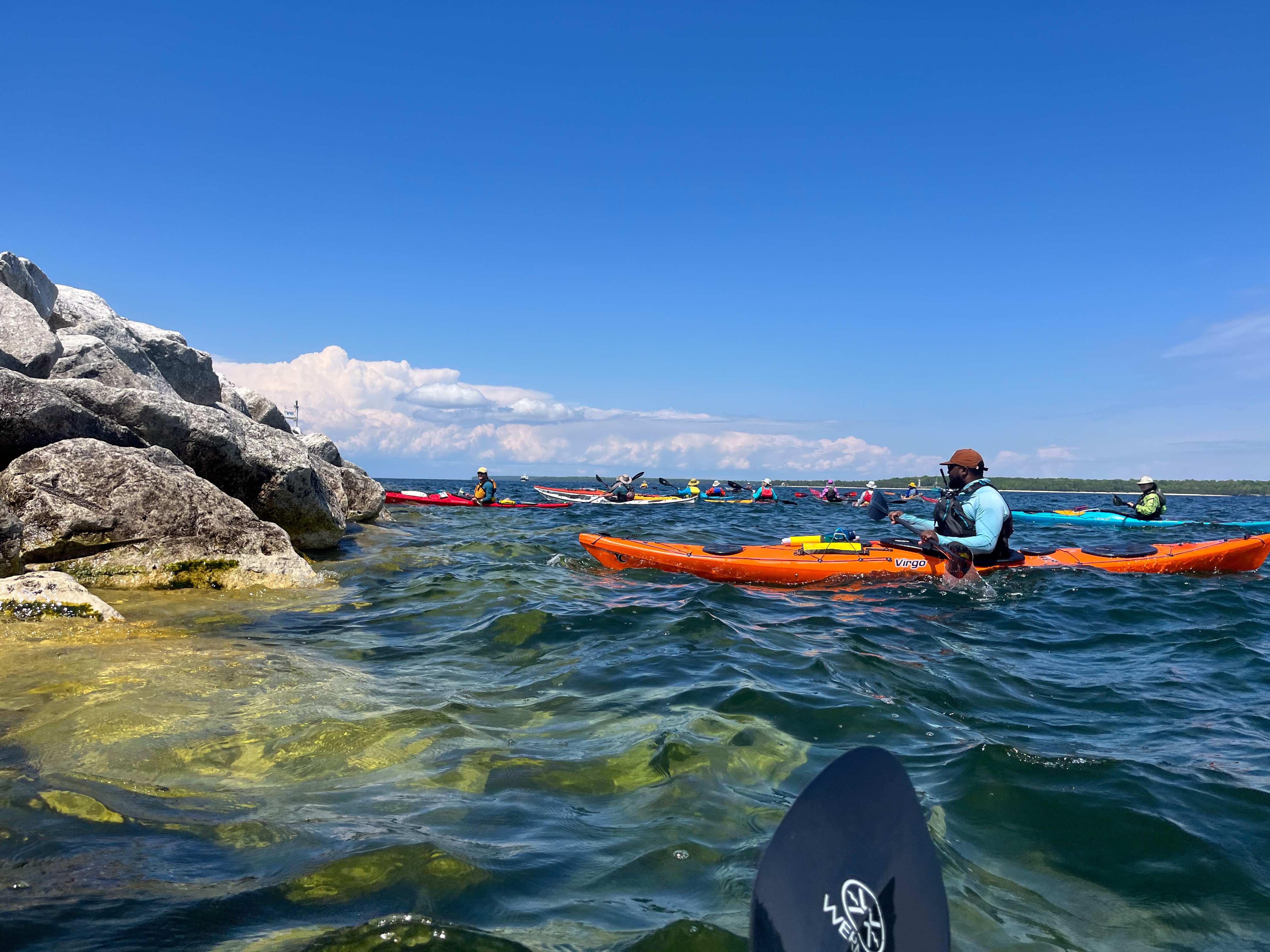
NOAA Transformational Habitat Restoration and Coastal Resilience Grants
What is it? This National Oceanic and Atmospheric Administration program provides $240 million in funding for habitat restoration and coastal resilience projects. These projects can target sustaining fisheries, recovering endangered species, and improve community resilience against climate change impacts through projects such as building living shorelines or reconnecting rivers.
Who is eligible? Academic institutions, nonprofit organizations, for-profit organizations, U.S. territories, and state, local and Tribal governments are eligible.
Mechanism? The money comes in the form of competitive grants.
Timeframe? Applications will be accepted until 11:59 PM eastern time on November 17, 2023
Learn more and apply: Transformational Habitat Restoration and Coastal Resilience Grants
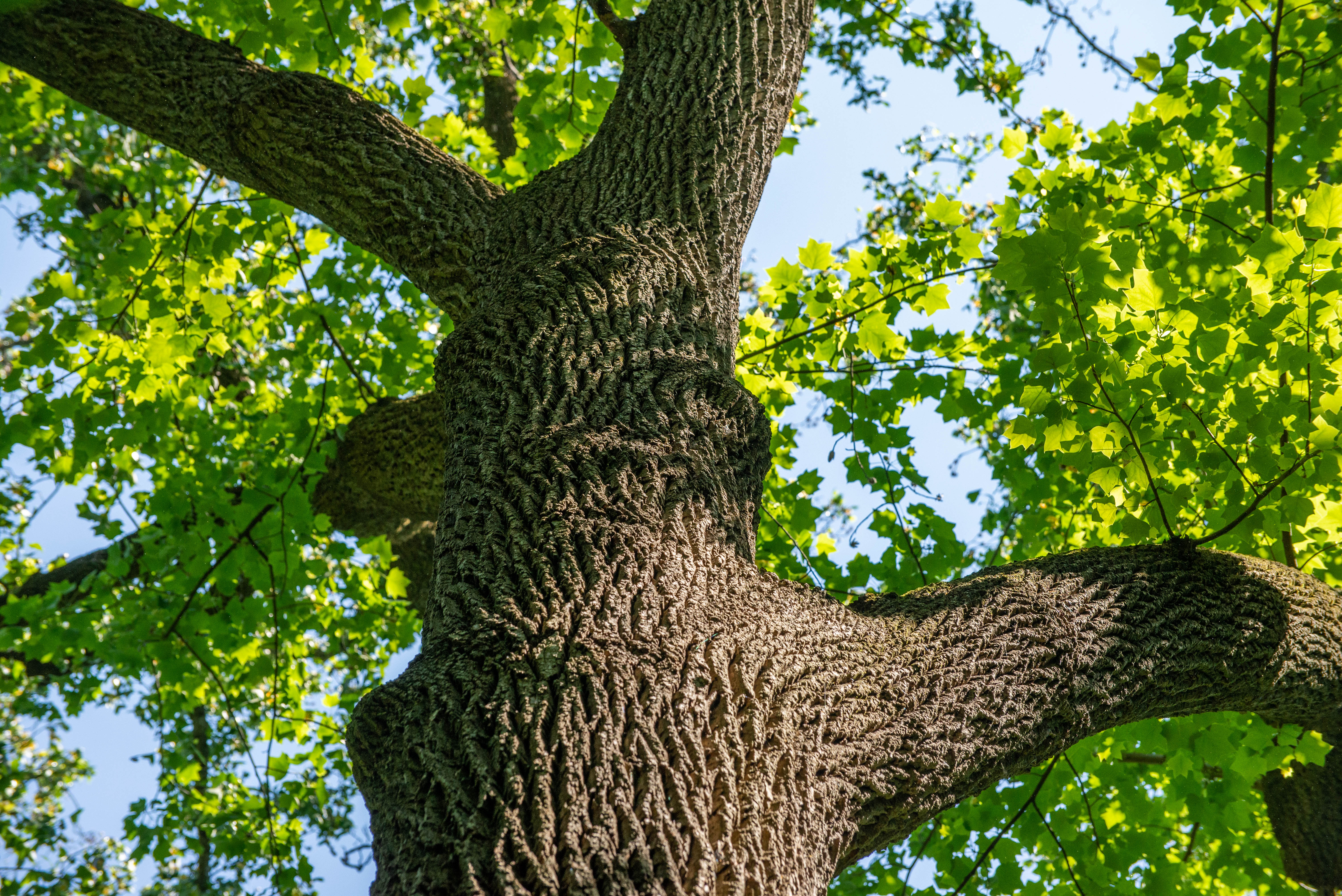
Forest Legacy Program
What is it? This Forest Service program encourages protection of privately owned forests through conservation easements or land purchases. This is an existing program, but there is $250 million in funding available for the program through the IRA. Through this program, the protected land would provide more hunting, fishing and camping opportunities, clean drinking water, and fish and wildlife habitat.
Who is eligible? Private forest landowners are eligible.
Mechanism? The money comes in the form of competitive and merit-based grants.
Timeframe? There will be two rounds of submission and review processes. The first deadline is December 11, 2023, and the second deadline is May 20, 2023. Additional funding opportunities will be available through 2026.
Learn more and apply: Forest Legacy Program